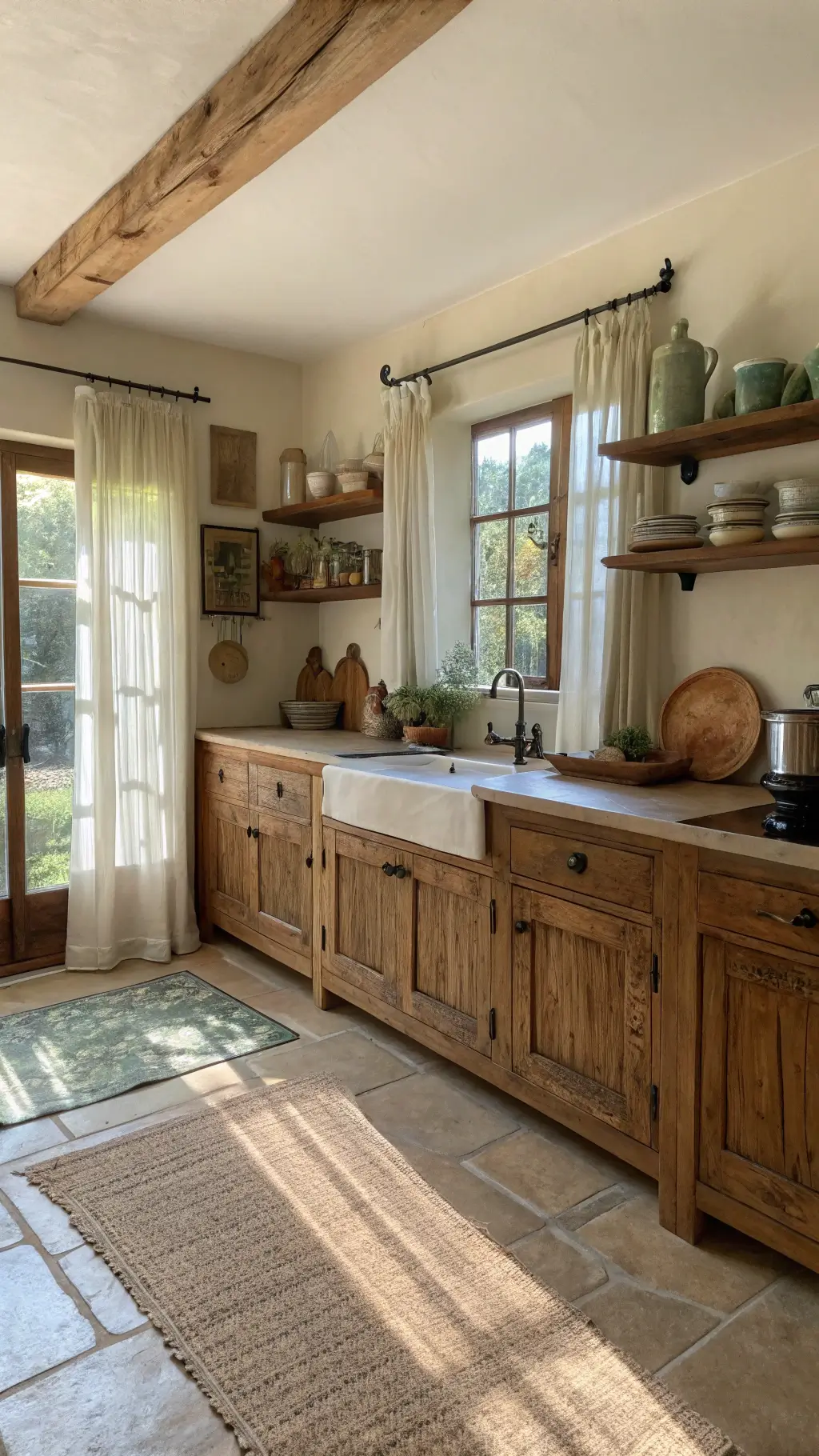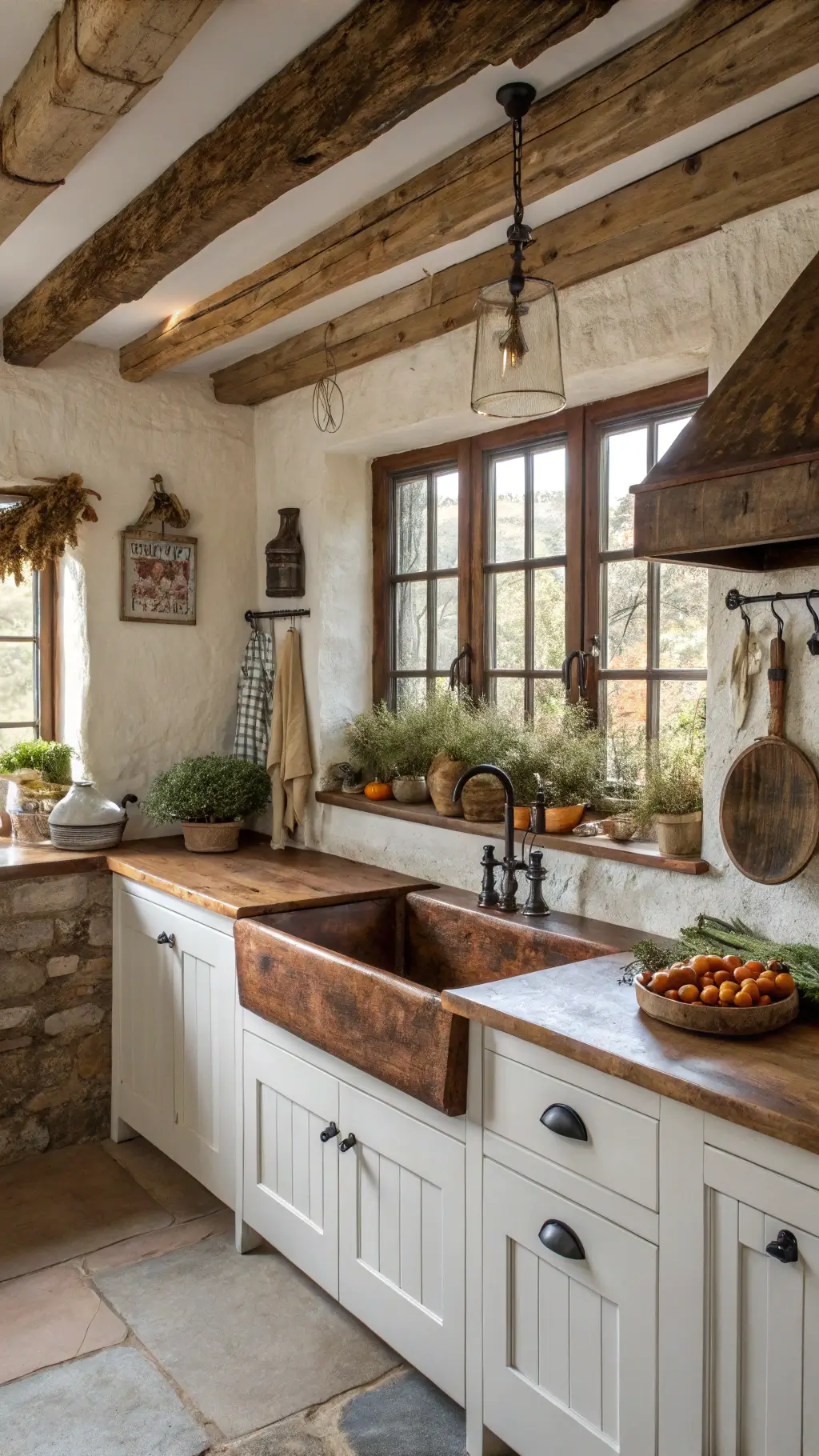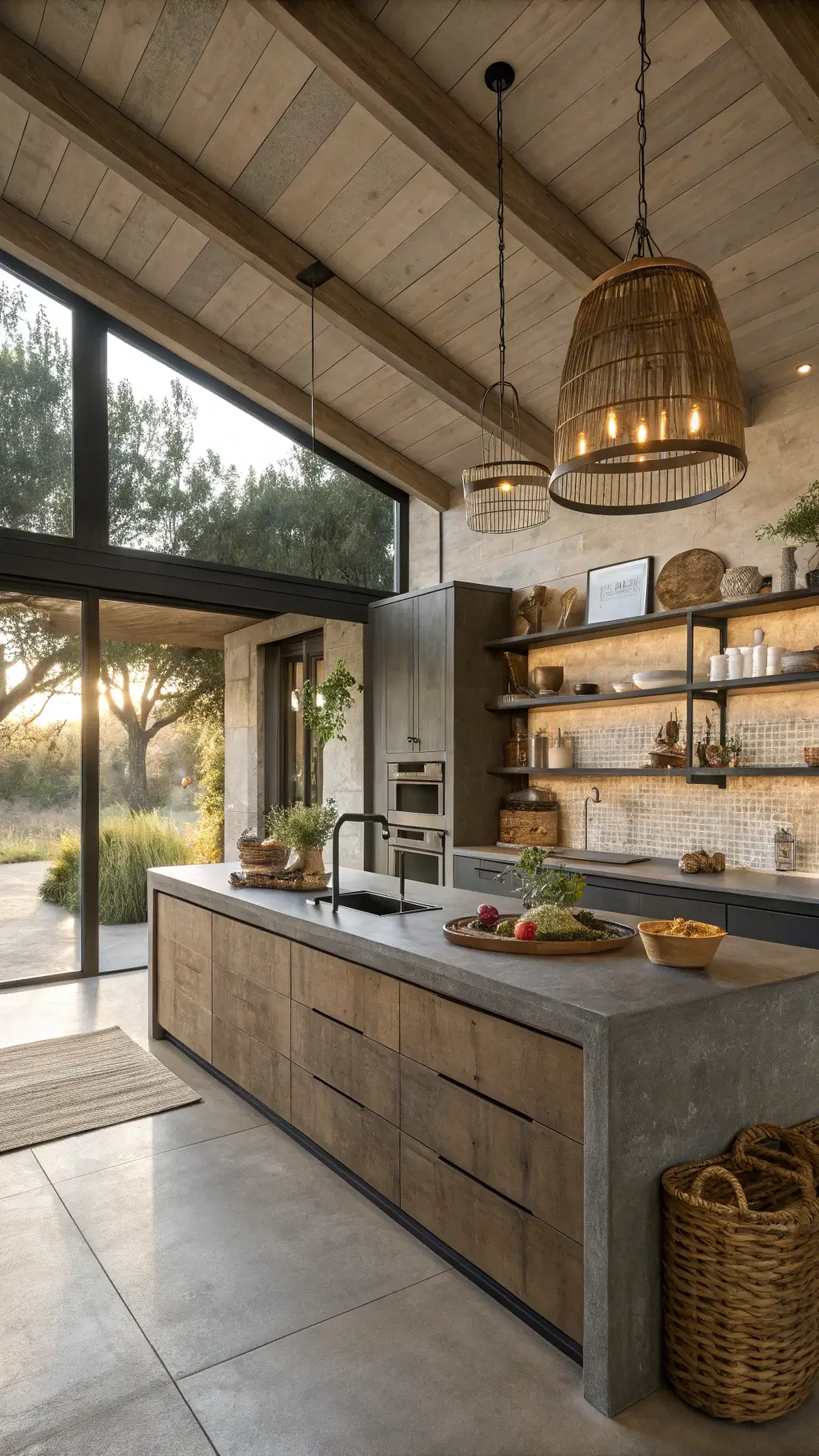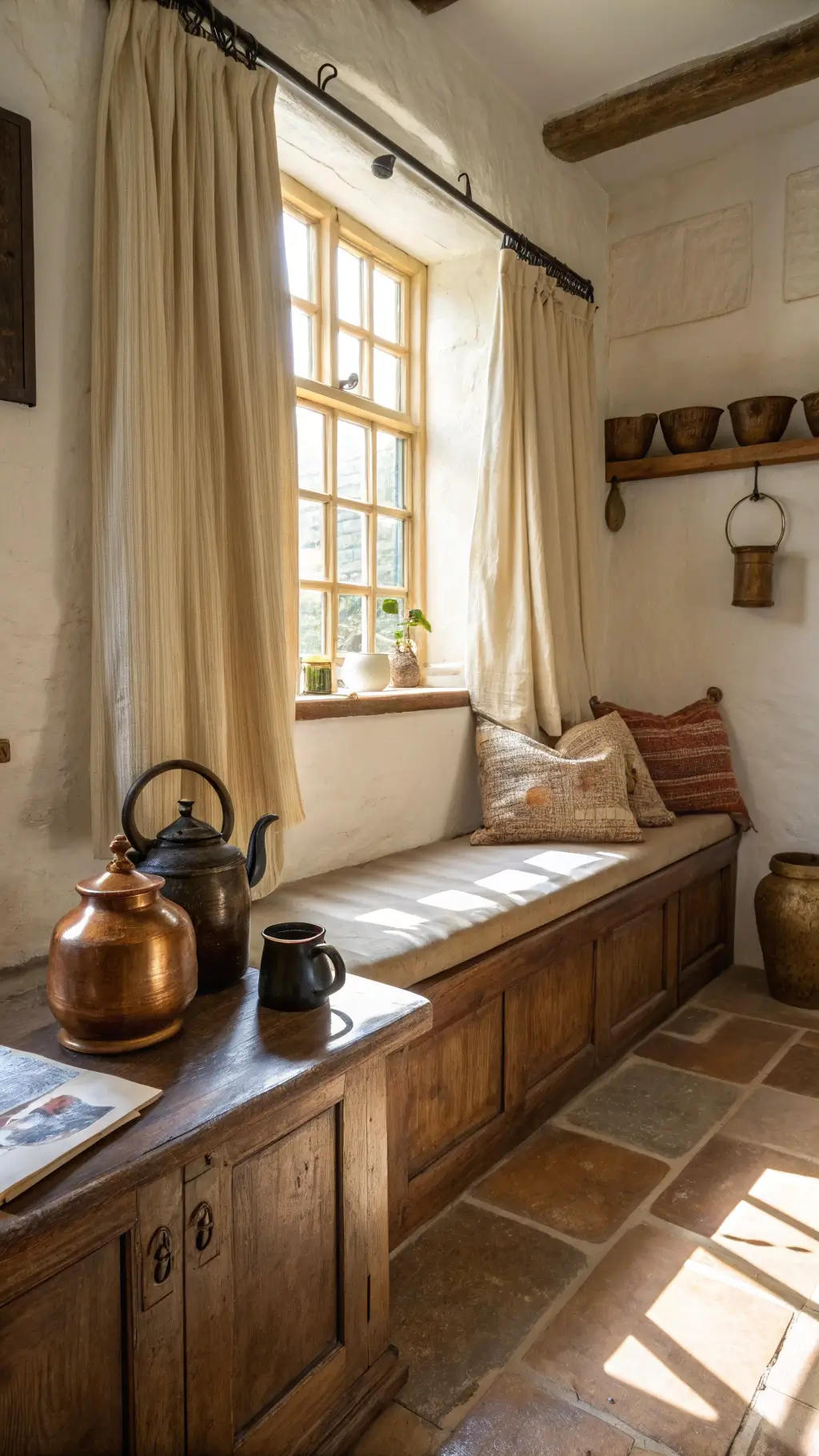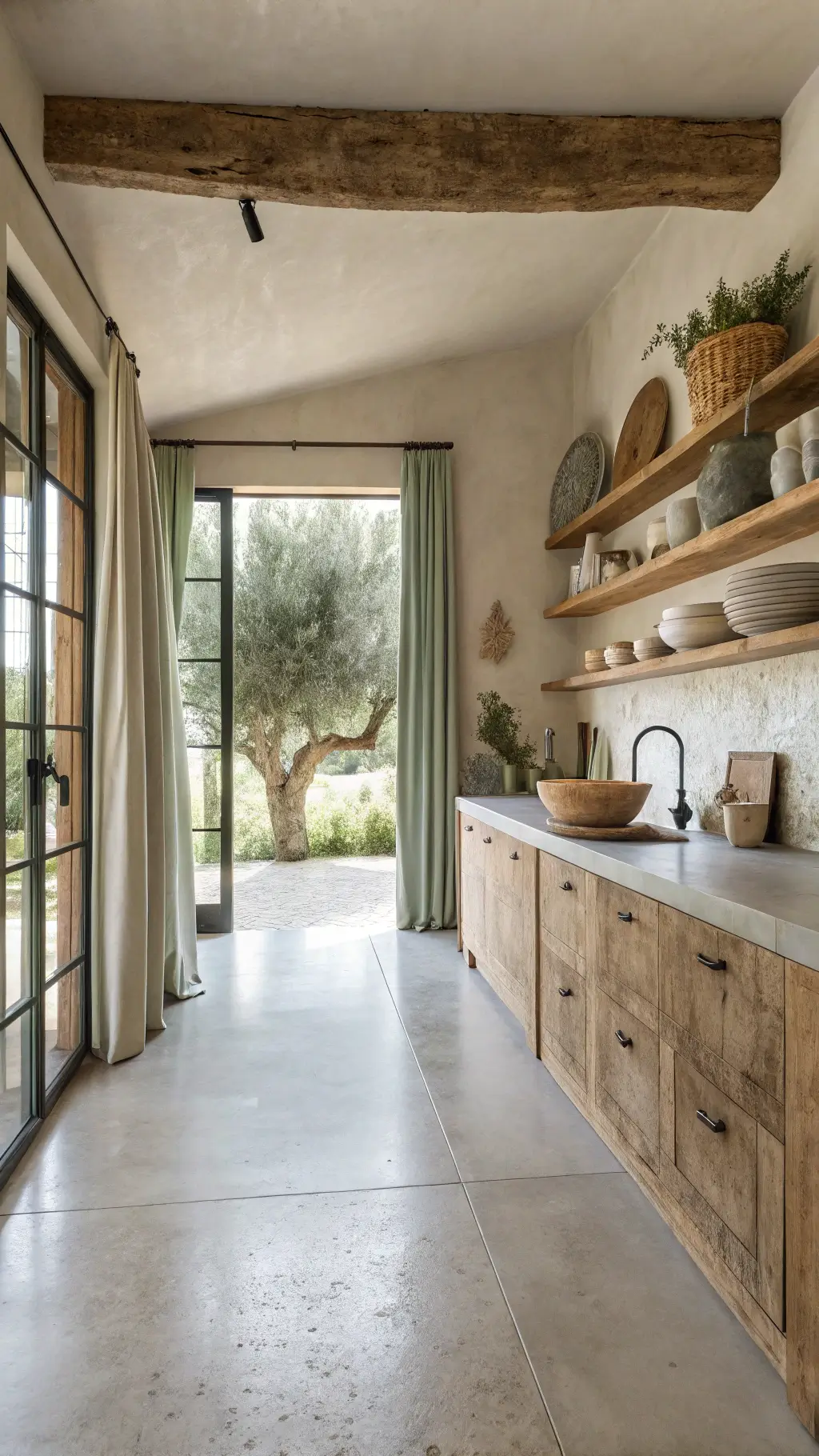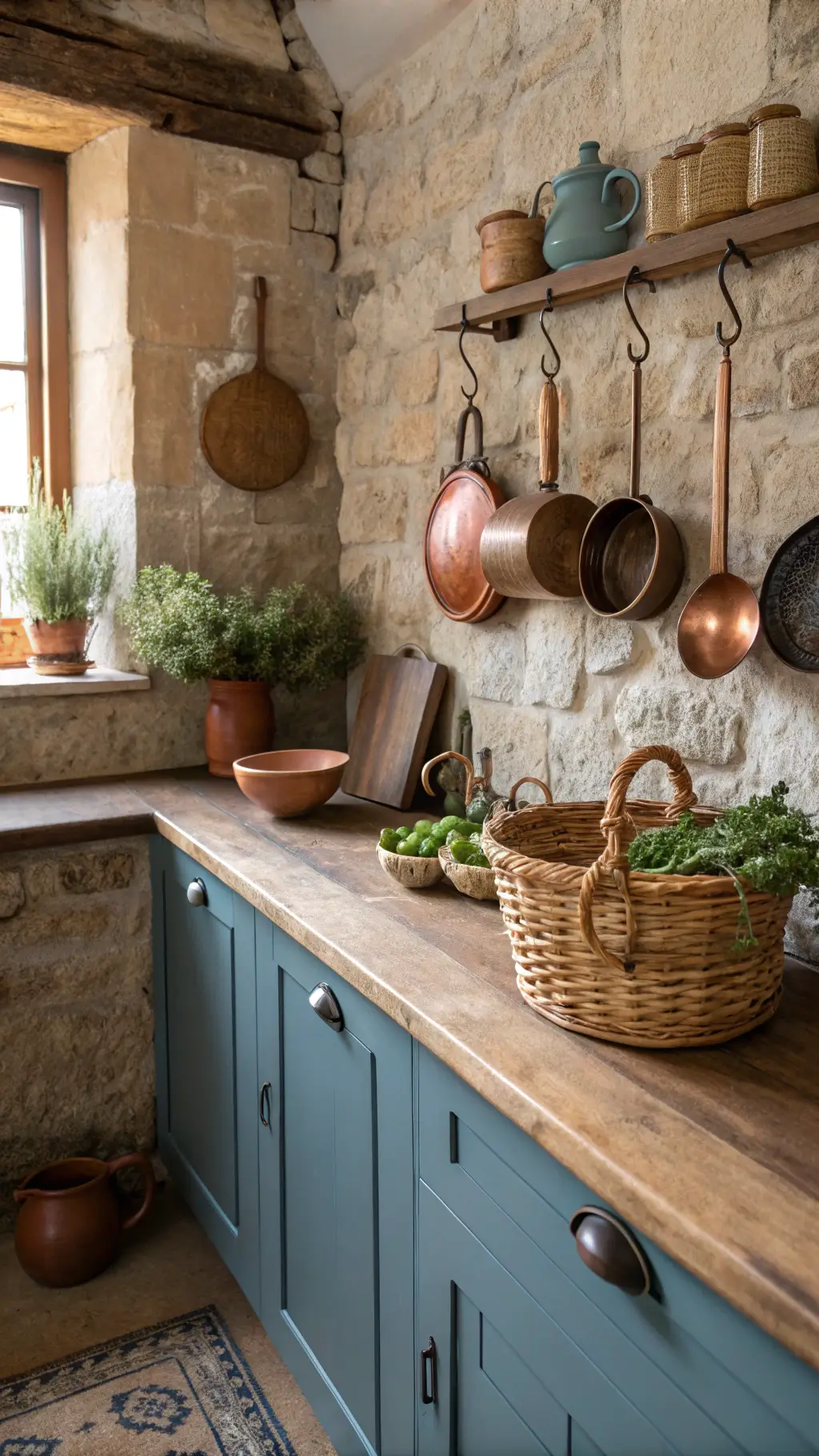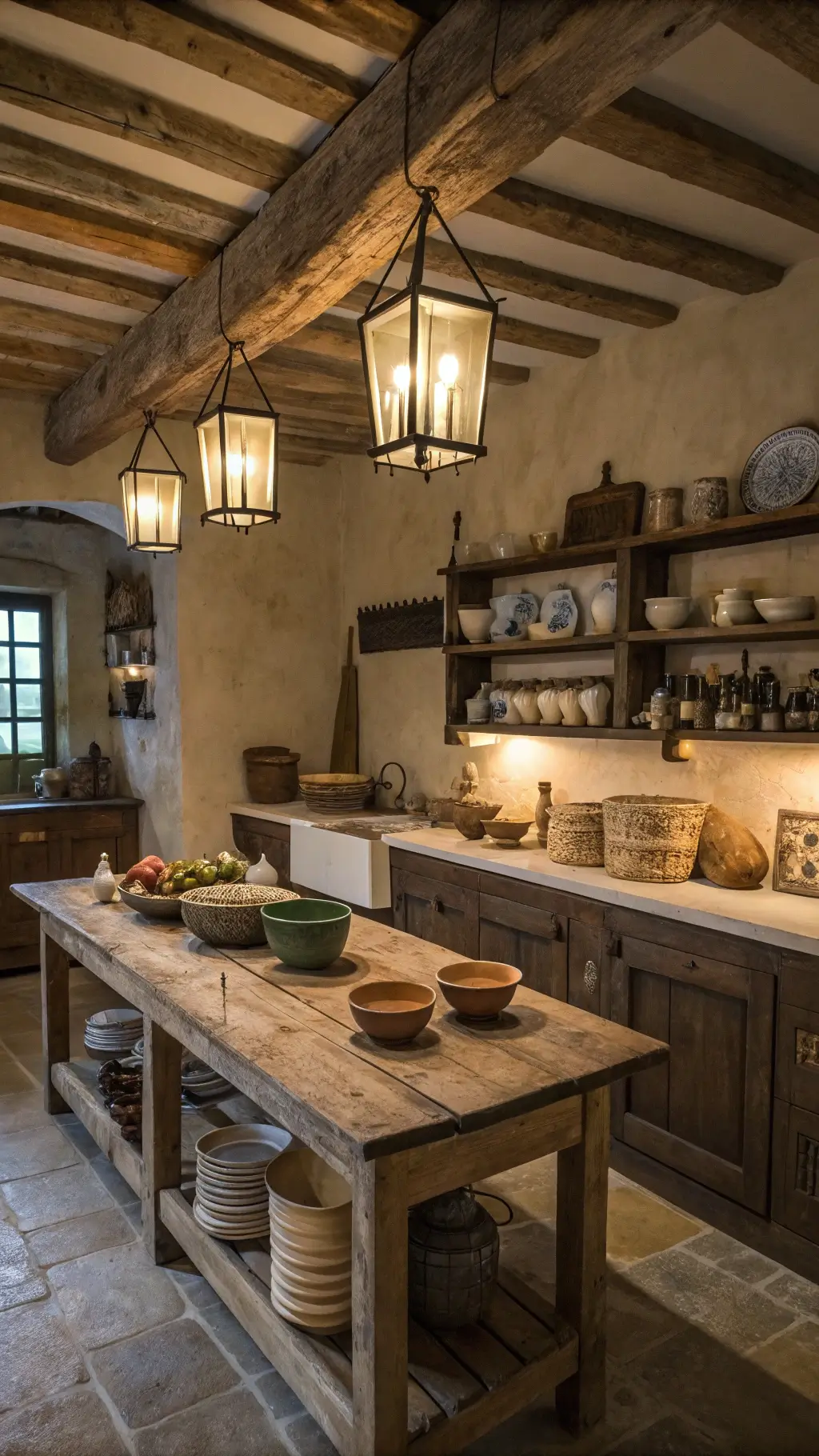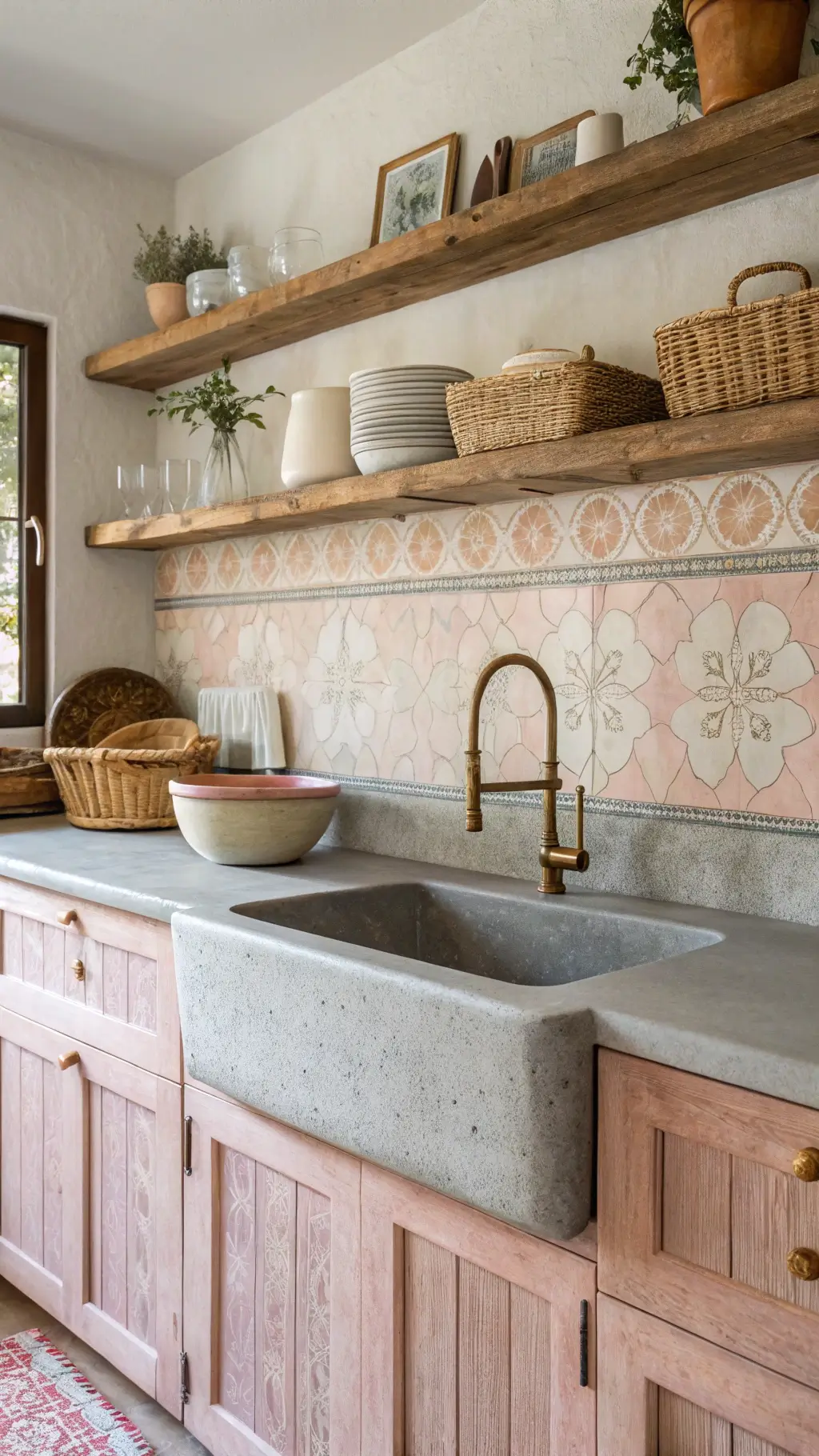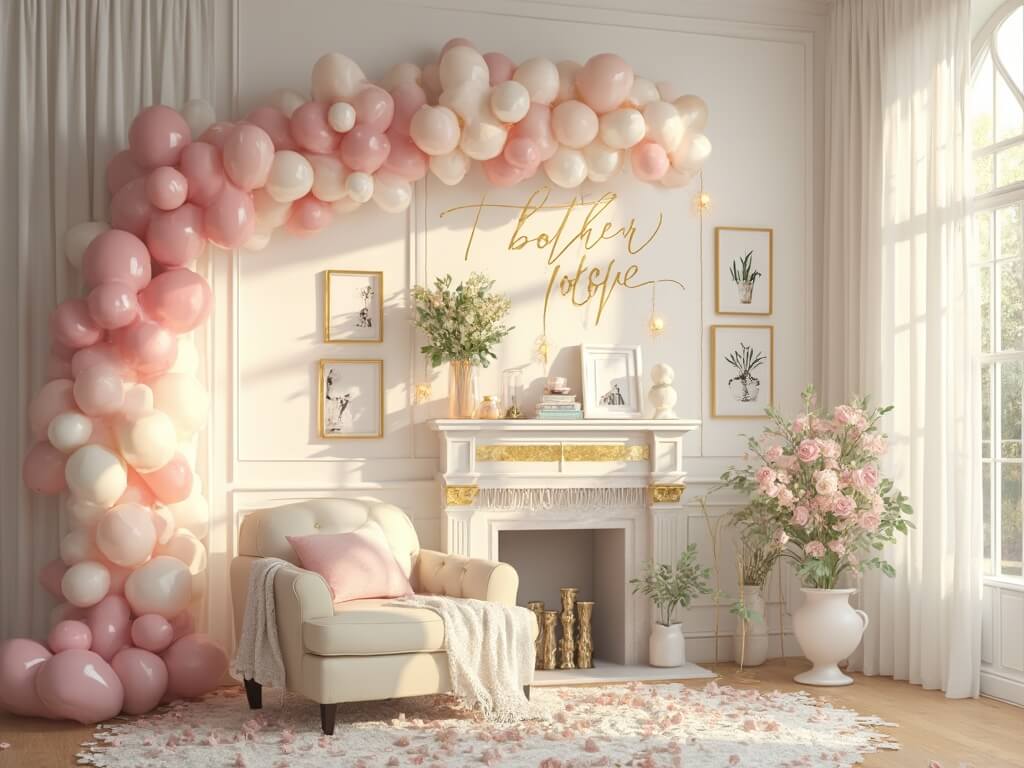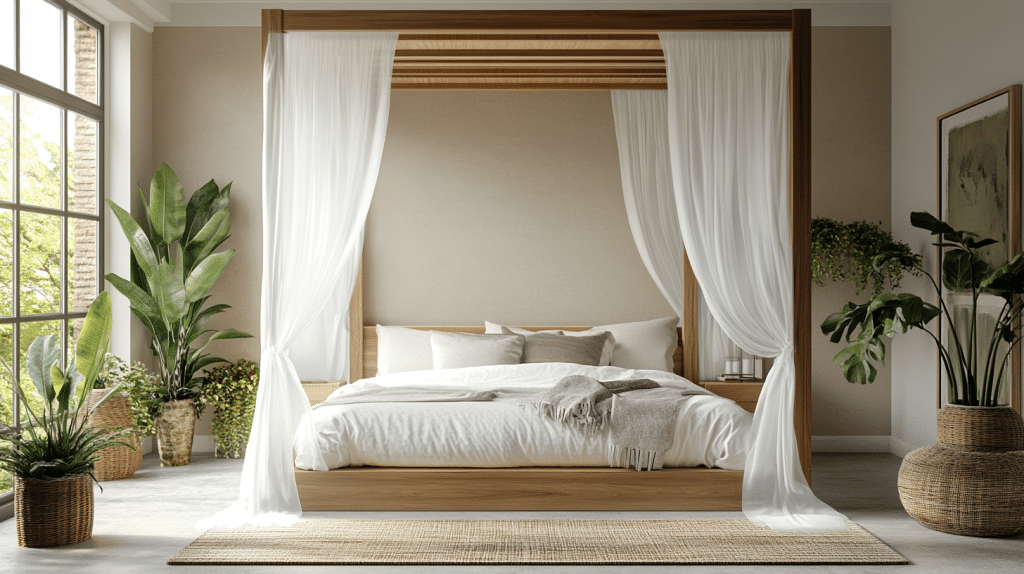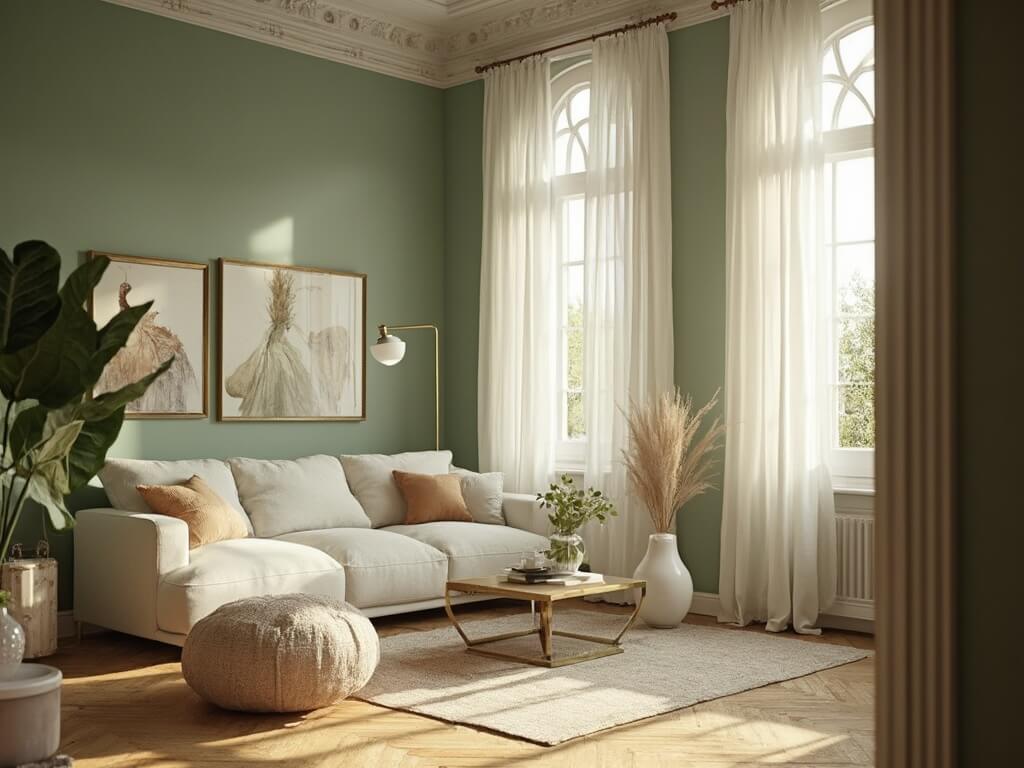Wabi Sabi Kitchen: Embracing Imperfect Beauty in Your Culinary Space
Imagine walking into a kitchen that breathes tranquility, where every imperfection tells a story and natural materials whisper of timeless elegance. Wabi Sabi kitchen design isn’t just a style—it’s a philosophy of finding beauty in simplicity and authenticity.
What is Wabi Sabi? Understanding the Essence of Imperfect Harmony
Wabi Sabi is more than a design trend. It’s a Japanese philosophy that celebrates:
- Imperfection: Embracing natural wear and tear
- Simplicity: Removing unnecessary complexity
- Authenticity: Honoring the true nature of materials
- Transience: Appreciating the beauty of natural aging
Creating Your Wabi Sabi Kitchen: A Step-by-Step Guide
1. Fundamental Materials and Textures
Key Materials:
- Solid wood surfaces
- Natural stone countertops
- Hand-thrown ceramics
- Linen textiles
- Matte metal accents
2. Color Palette: Earthy and Understated
Recommended Colors:
- Soft browns
- Muted grays
- Gentle whites
- Subtle greens
- Warm terracotta tones
3. Styling Principles: Less is Definitively More
Styling Secrets:
- Embrace negative space
- Display fewer, more meaningful objects
- Allow natural textures to shine
- Prioritize functionality with subtle elegance
Budget-Friendly Wabi Sabi Kitchen Transformation Tips
Low-Cost Updates
- Swap ceramic dishes
- Add handwoven textiles
- Introduce wooden cutting boards
- Display potted herbs
- Use natural fiber rugs
Mid-Range Investments
- Wooden open shelving
- Stone backsplash
- Handcrafted pottery collections
- Vintage metal accents
Seasonal Wabi Sabi Kitchen Refresh Ideas
Spring:
- Cherry blossom branches
- Fresh herb collections
- Light linen curtains
Summer:
- Citrus bowl displays
- Lightweight cotton runners
- Minimal green plant arrangements
Autumn:
- Dried flower collections
- Warm terracotta ceramics
- Woven wool throws
Winter:
- Wooden cutting boards
- Neutral wool textiles
- Minimal evergreen accents
Common Mistakes to Avoid
- Don’t: Over-accessorize
- Do: Carefully curate meaningful pieces
- Avoid: Glossy, perfect surfaces
- Embrace: Natural wear and subtle imperfections
Pro Styling Tips
Texture Layering Techniques:
- Combine rough wood with smooth ceramics
- Mix glazed and unglazed finishes
- Use handwoven textiles for depth
Lighting Recommendations:
- Soft, natural daylight
- Paper lanterns
- Matte metal sconces
- Warm, diffused lighting
Final Thoughts: Your Kitchen, Your Story
Wabi Sabi isn’t about perfection—it’s about creating a space that feels genuinely yours. Every scratch, every subtle color variation tells a story of lived experience and natural beauty.
Quick Implementation Checklist
- [ ] Declutter existing kitchen
- [ ] Select natural material pieces
- [ ] Choose a muted color palette
- [ ] Add meaningful, handcrafted accessories
- [ ] Create breathing room with negative space
Remember: In a Wabi Sabi kitchen, imperfection isn’t a flaw—it’s the most beautiful feature.


